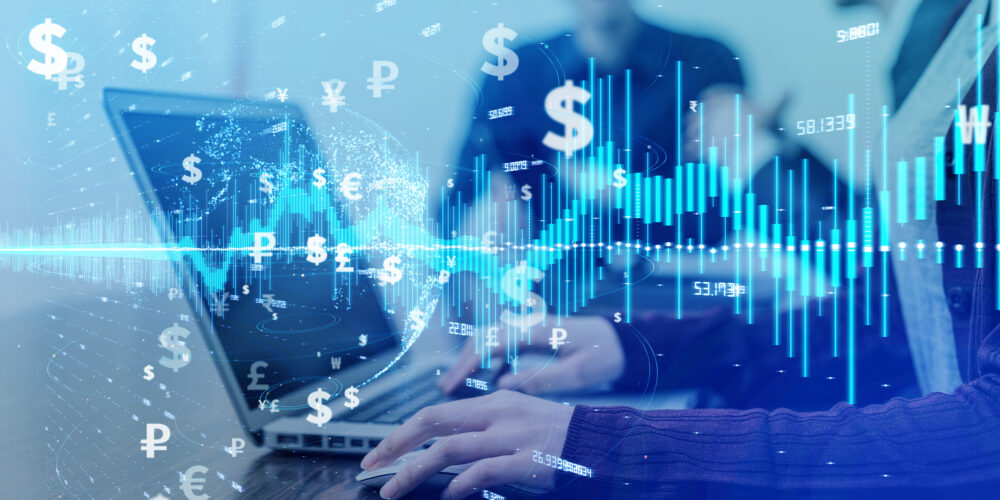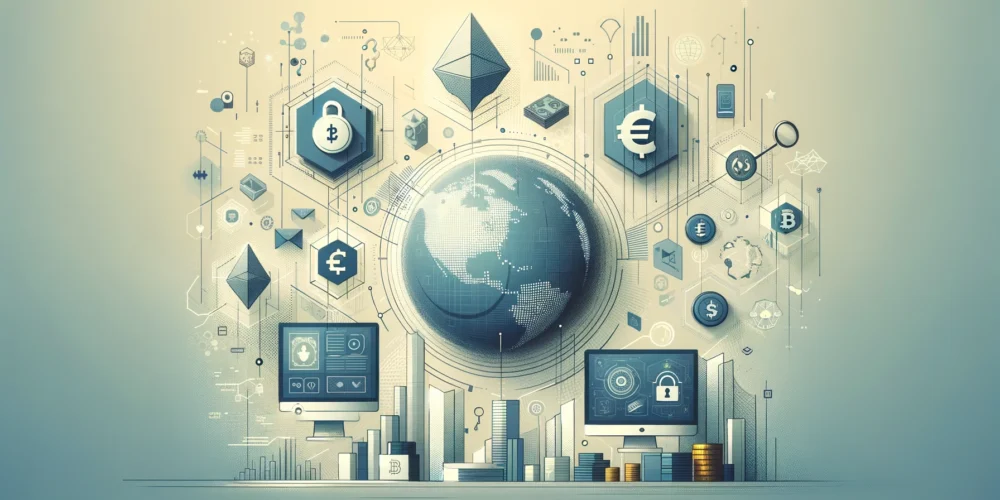Central Bank Digital Currencies vs. Gold: Will CBDCs Impact the Price of Precious Metals?
Centrally issued digital currencies (CBDCs) have sparked much controversy and speculation regarding their impact on the precious metals market, such as gold and silver. Central banks may still hold large reserves of gold, even with the potential introduction of digital national currencies. What will be the consequences for gold holders and which factors may influence the price of these metals in the face of financial technology development?
CBDCs and Access to Cash
The possible introduction of centrally controlled digital currencies may limit society’s access to cash, posing a potential threat to individuals’ financial freedom. Banks could become the sole holders of gold, affecting the distribution of this valuable reserve.
Gold and the Black Market
The introduction of CBDCs may prompt the black market to resort to alternative analog payment forms, which in turn could raise the value of gold and silver. The historical case from 1933, when the price of gold surged sharply after its possession was banned, serves as a grim warning about the potential effects of new financial regulations.
Threats Associated with CBDCs
Some legislators perceive risks stemming from centrally issued digital currencies and seek to protect holders of precious metals. However, in light of the growing popularity of CBDCs issued by central banks, such measures may prove inadequate.
CBDCs as a Potential Solution to Financial Crises
The architects of centrally issued digital currencies may present their systems as a solution to any future financial crisis, which could lead to a decrease in the value of gold and silver. Nevertheless, gold and silver may gain importance as a form of physical currency in a bank-controlled financial system, ensuring transaction privacy.
Summary
The introduction of centrally issued digital currencies may have a significant impact on the precious metals market, especially gold and silver. Despite potential changes in the financial system structure, the value of these metals may rise as a form of physical currency ensuring transaction privacy. Ultimately, the market’s response to new financial technologies will be a key factor determining the future prices of precious metals in the context of the development of digital national currencies.




